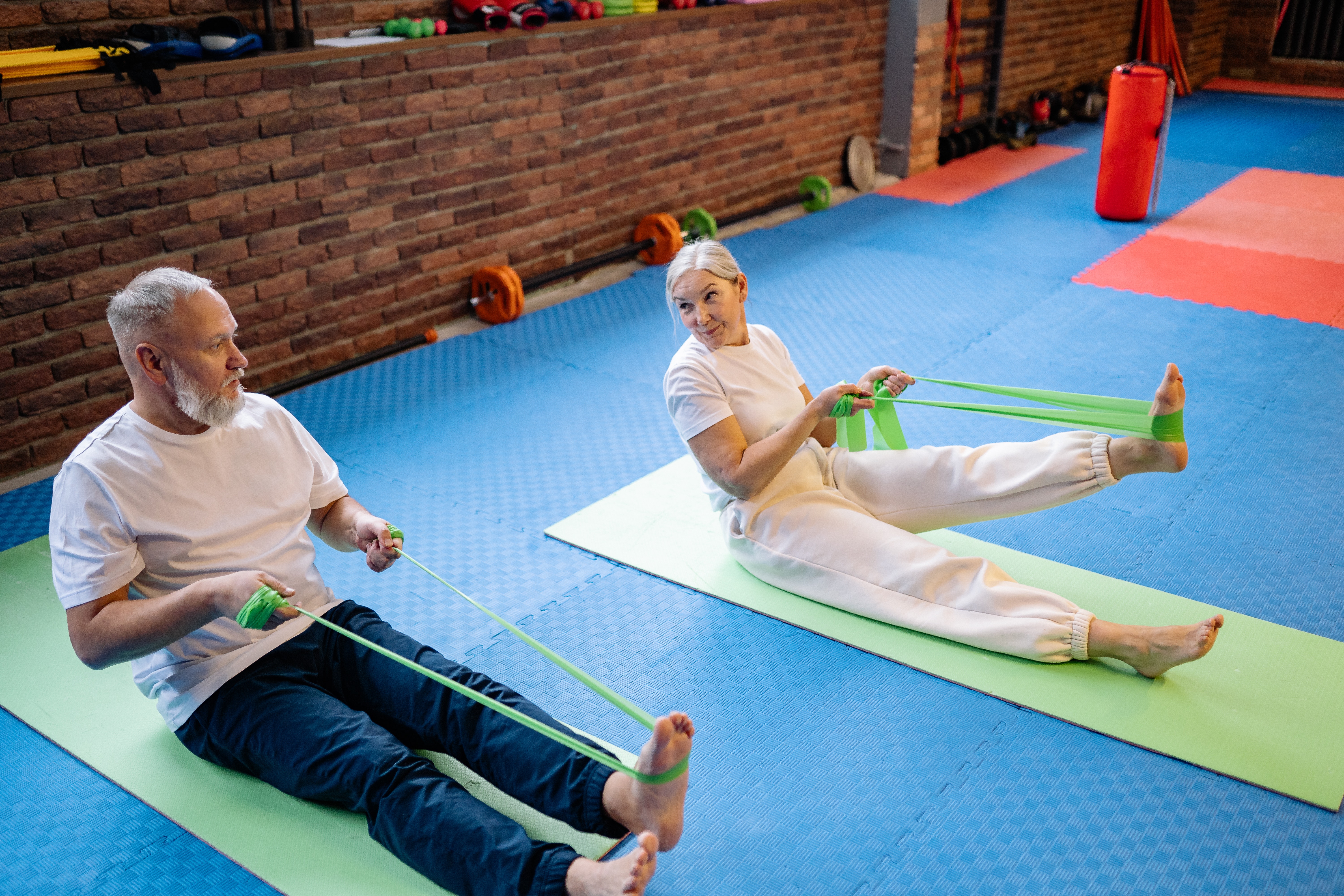The link between physical activity and cancer
The importance of physical activity:
According to the UK government, adults should do at least 150 minutes (two and a half hours) of moderate physical activity or 75 minutes of vigorous intensity activity every week. Yet in 2020/21, almost 30% of adults in England fell below this, doing less than 30 minutes of physical activity a week, and meeting the criteria of being ‘physically inactive.’
Physical inactivity is itself a pandemic – and a leading cause of death globally. According to the World Health Organization over a quarter of the global adult population (1.4 billion adults) is insufficiently active. In fact, in high-income countries, (which boast inactivity levels twice as high as those in low-income countries), insufficient activity increased by 5% between 2001 and 2016. Why is physical inactivity such a problem? The undisputed benefits of physical activity on physical and mental health are well documented, and subsequently, physical activity is a key pillar of all chronic disease prevention strategies worldwide.
The risks of physical inactivity are compelling, it is associated with one in six deaths in the UK and up to 40% of many long-term conditions, including preventable conditions such as type 2 diabetes, and cardiovascular disease. Whereas, being physically active has shown to improve mental health, help manage weight, and strengthen bones and muscles. Being physically active has even been linked to reducing our chances of cancer.
The link between physical activity and cancer:
There is evidence to suggest a link between physical activity and the prevention and reduction of the burdens of some cancers. In fact, a lack of physical activity (known as physical inactivity) is listed as a risk factor for around one-third of deaths from cancer, along with tobacco use, high body mass index, alcohol consumption and diet.
An international study of more than 100,000 women published in The British Journal of Sports Medicine has shown ‘strong evidence that greater overall physical activity, greater vigorous activity, and lower sedentary time are likely to reduce breast cancer risk. More widespread adoption of active lifestyles may reduce the burden from the most common cancer in women’. However, although the study showed a correlation between physical activity and a lower risk of breast cancer it was harder to prove causation. That’s because the correlation could be complicated by other factors that reduce the risk of cancer, for example women who tend to be more physically active also having healthier lifestyles in other ways like diet or alcohol intake.
It does not stop at breast cancer. Being physically active has been linked to reducing the risks of other cancers as well. In 2014 a meta-analysis of 11 cohort studies and 4 case control studies showed the risk of bladder cancer was 15% lower in people with the highest levels of physical activity than in those with the lowest. In a 2016 analysis of 126 studies, those that engaged in the highest level of physical activity had a 19% lower risk of colon cancer.
Physical activity has been linked to reducing the risk of the following eight cancers:
- Bladder
- Breast
- Colon
- Endometrium (innermost lining layer of the uterus)
- Oesophagus
- Kidney
- Lung
- Stomach
Although, causation between physical activity and cancer reduction is not irrefutably proven, there is enough to suggest they are linked. Moreover, it has been proven that regular physical activity benefits our overall health, lowering our risk of developing hypertension, type 2 diabetes, stroke and heart attacks, and other chronic diseases, and that being physically inactive negatively impacts our overall health. This then begs the question, why are so many of us physically inactive?
Our built environment:
Common tropes and soundbites used by the media, and the health and wellness industry promote the simplicity of individual behaviour change to enable more physical activity. They include walking in nature, taking public transport, or walking instead of driving. However, all too frequently the environments in which people live – and the immense influence this has on our daily choices- is not considered. What if there are no green spaces nearby to walk or run? What if you don’t feel safe being outdoors alone? What if public transport links are absent or unreliable? These environmental factors have a huge impact on physical activity participation. Where we live influences how we live.
C3, CHESS and ASPIRE:
Considering built environment is a key part of C3’s mission, including our work as part of ASPIRE (Adding to Social capital and Individual Potential In disadvantaged REgions) – an EU funded project addressing obesity and unemployment in France and England through a holistic approach to diet, physical activity, and employment support. C3 has engaged with 7 communities in England and France using its innovative community engagement strategy CHESS® (Community Health Engagement Survey Solutions), delivering community co-designed action plans for change.
CHESS® is an evidence-based approach that shifts decision-making to local communities by engaging them as ‘citizen scientists’ in an investigation about their health and the built environment (e.g., the shops, restaurants and parks in their neighbourhood).CHESS® includes a mobile tool that equips local communities in identifying and mapping the barriers they face every day when making choices about diet, activity and healthy living.
Upcoming events – Physical Activity: The benefits for cancer prevention and to cancer survivors:
As part of London Global Cancer (LGCW) – a series of international discussions and events being held in central London during the week 13th – 18th November 2022 to provide a picture of the impact of the rising global incidence of cancer, and the UK contribution to strengthening capacity in cancer prevention and cancer control in the emerging countries- C3 will be hosting a talk with a member of The Physical Activity Unit of the World Health Organisation (WHO); “Physical Activity: The benefits for cancer prevention and to cancer survivors”
Date: Thursday 17th November 08.30 -10:00am (GMT)
If you enjoyed reading this you may also enjoy our blog Ultra processed foods: why are we eating so much?

